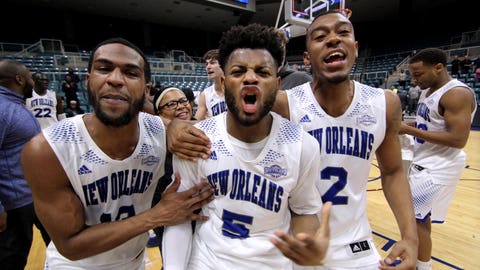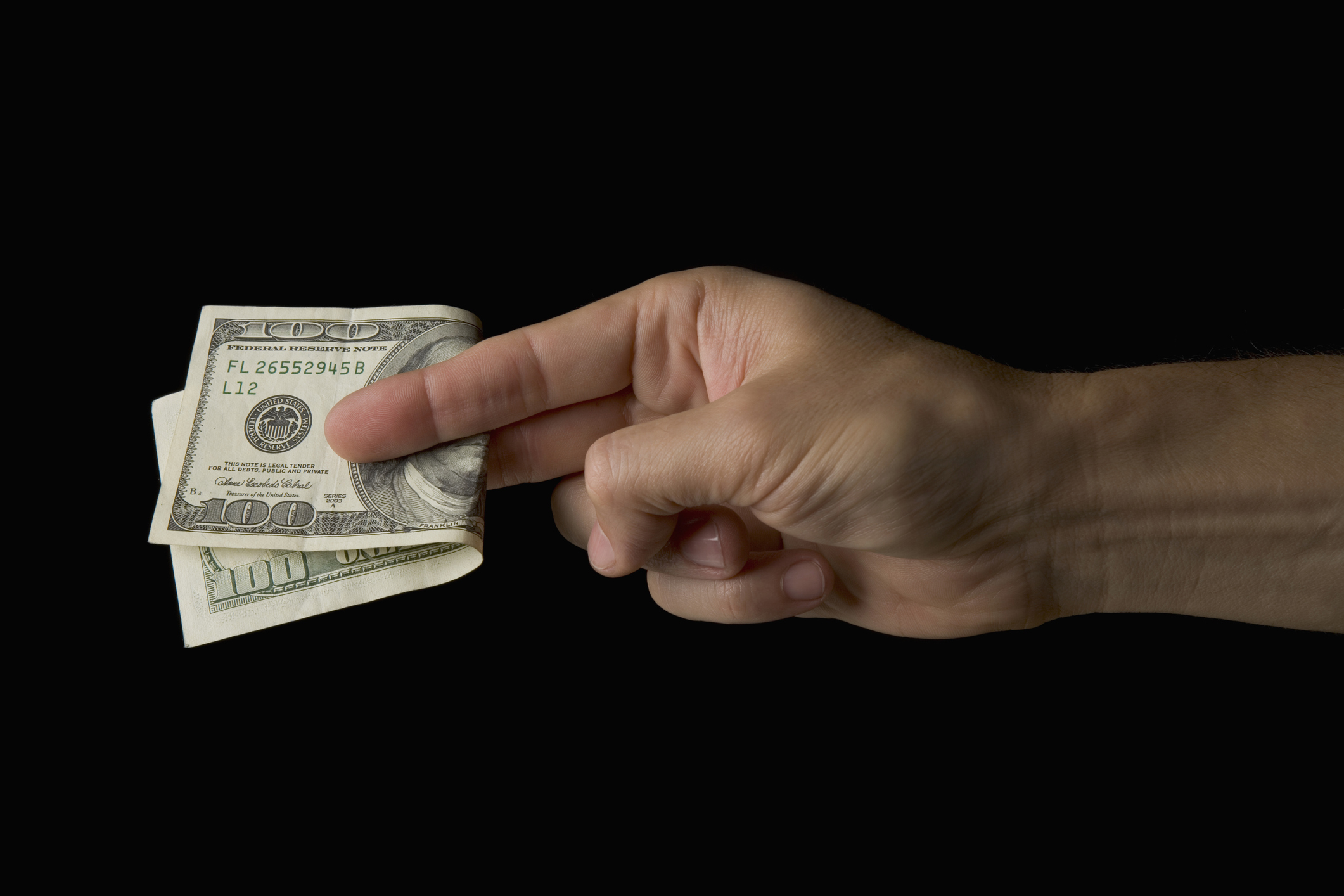The NCAA tournament is one of the greatest events in sports, which makes it all the more disappointing and peculiar that it’s preceded by one of the worst.
On Tuesday and Wednesday night in Dayton, eight college basketball teams that ostensibly made it into the NCAA tournament field will play for the right to actually make the NCAA tournament field. It’s part of a sports travesty called the First Four, a made-for-TV set of four play-in games that exist solely to give the NCAA two additional nights of faux tournament action. Those eight hours of basketball come at the expense of the four losing teams, who miss out on the real tournament experience – one of the great egalitarian meritocracies in sports.
These games – which feature two No. 16 games (N.C. Central vs. UC Davis and Mount St. Mary’s vs. New Orleans) and two games featuring the last four at-large teams into the field (Wake Forest vs. Kansas State and Providence vs. USC) are a part of the tournament in technicality only. The real NCAA tournament starts Thursday at noon ET and is a whirlwind of 32 games in 36 hours, each of which has the potential to make teams and players instantly famous. The First Four is the jayvee game, playing for the chance to play for that chance.

Despite what the NCAA likes to tell us, the First Four is not the NCAA tournament. They know this, which is why the suits in Indianapolis attempted to call the First Four the “first round” for years, turning the traditional first round into the “second round” and the traditional second round into the newly-created “third round.” It was a joke and a mess; even media couldn’t get the designations straight and the new labels made historical comparisons unwieldy and impossible. Nobody was fooled.
The argument defending the First Four tends to go something like this: Isn’t it better to have the stage to yourself on Tuesday or Wednesday night rather than getting lost in the shuffle by serving as cannon fodder for North Carolina and Kansas on Thursday or Friday when there are four games going on at once? Playing a stand-alone game is far more exciting for these kids. And if you’re worried that two No. 16 seeds won’t get a chance to pull a David and Goliath upset, it’s overblown. If either of those teams were capable of beating Villanova or KU they wouldn’t have lost in Dayton, right?
The last part of that is preposterous. A No. 16 seed is never expected to beat a No. 1, so losing a game clearly wouldn’t preclude such a shocker. It’s the “any given Sunday” theory. The ultimate underdogs deserve that chance. Winning the conference championship is the carrot for players at a vast majority of the 351 Division I schools, the thing they think about every moment from October to March. Then, when they reach their goal, hoist their conference trophy and get into the NCAA tournament, they’re quickly told – hold on, you’ve gotta win one more game.

Tell that to UC Davis, making its first tournament ever after decades playing in DII, or North Carolina Central, in the field of 64 68 for the second time in history. How does it feel for New Orleans, a school that almost moved to DIII after Hurricane Katrina, then fought its way back and is dancing for the first time in 21 years and just the fifth time ever – the same number of appearances as opponent Mount St. Mary’s. Why? For what?
There’s less sympathy for the at-large teams, each of which play in a major conference and could have worked their way out of the play-in games with another win in their conference tournament or any other time. Their situation is no less ridiculous but it’s not fundamentally unfair.
In the end though, we’re fortunate to have the First Four. It’s the lesser of two evils. When the tournament’s TV rights were up for bid in 2010, it was widely assumed the NCAA would expand March Madness to 96 team$$$, a horrible idea that would have created more than a dozen meaningless opening games, watered down the regular season, turned the tournament from entirely must-see into partially can-miss (like weekday football) and, most importantly of all, would have ruined brackets and tournament pools as we know it. (You try to fit 96 teams onto a piece of paper or get everybody to fill out their brackets in the 12 hours between the end of the play-in games and the start of the regular first round.)
It was eventually decided that the tournament would bump to 68 teams instead and the four play-ins were the consolation. Lame, yes, but a whole lot better than watching 6-12 ACC teams battle mid-majors who didn’t beat a team non-conference team in the top 150.

Since the genie is out of the bottle and things never go backwards in sports, it’s too much to hope that we’ll ever see 64 teams again. But how about making the First Four all at-large teams? It would create a new bubble for teams squarely inside the bubble (the goal: don’t get stuck in the play-in games), would get rid of the low-rated No. 16 games (the two at-large games generally double the ratings of the No. 16 showdowns) and would create more controversy on Selection Sunday, which is always good for business.
It won’t happen. The big boys won’t stand for it. Nothing is changing and it’s shame.
One day, a No. 16 seed is going to upset a No. 1 seed. It’s the dream of every player at every small school in the country. And each March, two teams that win their way into the tournament are denied the chance of realizing that dream of becoming tournament immortals, all because the NCAA wanted a few more dollars for its overflowing coffers.





